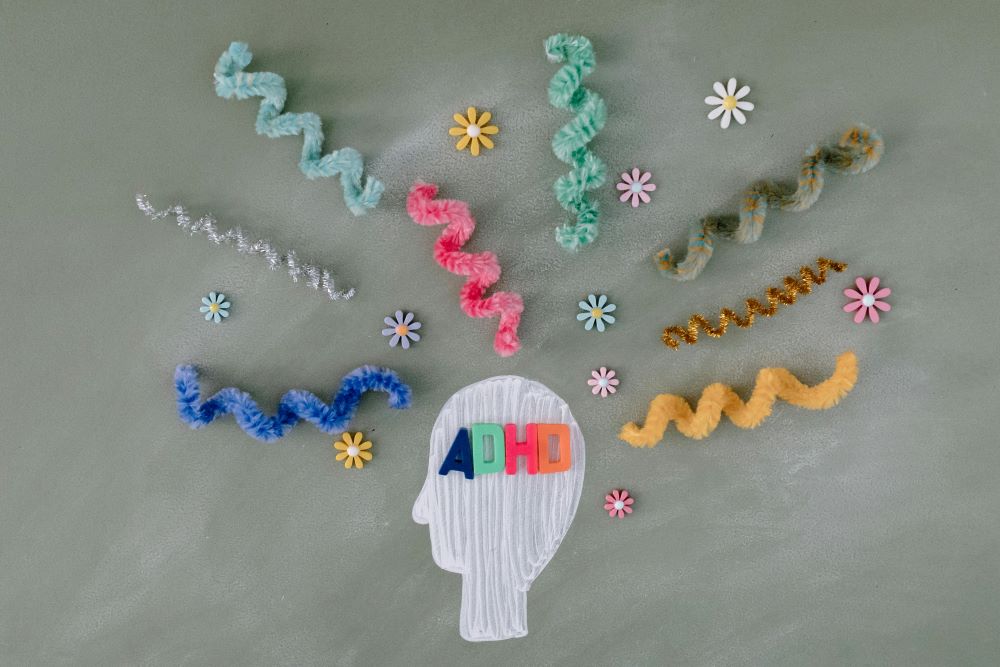Study explores the role of neighborhood environments on mental health conditions.
In recent years more information has been published regarding attention-deficit hyperactivity disorder (ADHD) and autism spectrum disorder (ASD), including diagnostic information and resources for managing systems. Clinical tools have also advanced, making diagnostic criteria more precise and leading to an uptick in the number of adults who struggled for years requesting evaluation. Given that information is now widely available, and there seems to be a surge in diagnosing both ADHD and ASD, researchers have now made an even more focused effort to determine the factors which lead to both disorders. Science has long explored whether nature or nurture plays a role, including how developmental delays, autism, and ADHD might be interrelated. A new study published in JCPP Advances explored specifically whether there is a connection between neighborhoods and the symptoms of attention-deficit/hyperactivity disorder (ADHD) in children with developmental delays (DD) and autism.
ADHD is a common neurodevelopmental disorder often co-occurring with autism. Studies suggest that between 40% and 70% of children with autism exhibit symptoms of ADHD, which can exacerbate their challenges, leading to more severe functional impairments and difficulties with language, socialization, and navigating change. While genetics have long been known to contribute to ADHD, recent research is shedding light on the significant influence of environmental factors.
Neighborhood characteristics, such as socioeconomic status (SES), the availability of amenities, green spaces, housing quality, and social support, have also been linked to the prevalence and intensity of ADHD symptoms. However, the specific relationship between these neighborhood factors and ADHD symptoms in children with DD or autism had not been extensively studied until now.

The team pulled data from the Childhood Autism Risks from Genetics and the Environment (CHARGE) project, focusing on children who were first assessed between the ages of two and five and then followed up during adolescence or mid-childhood. Researchers employed the Child Opportunity Index 2.0, a comprehensive tool that measures neighborhood conditions across social, economic, health, environmental, and educational dimensions. These factors were then used to generate neighborhood opportunity scores, which were compared with ADHD symptoms.
The participants were divided into three groups: children with autism, children with DD but not autism, and typically developing (TD) children, and the severity of ADHD symptoms was measured using the Aberrant Behavior Checklist (ABC), a widely used 58-point scale. The analysis accounted for various covariates, including gender, gestational age, race, ethnicity, and family SES, which included measures of financial hardship and household education levels.
Results revealed that children from lower-opportunity neighborhoods (i.e., those with fewer resources and more challenging living conditions) were more likely to exhibit ADHD symptoms. This was particularly true for autistic children, who appeared to be more vulnerable to these environmental effects. The link between neighborhood opportunities and ADHD symptoms was significant even when controlling for other variables.
Interestingly, while lower economic and social opportunities were strongly associated with higher ADHD symptoms, no significant relationship was found between neighborhood-level health or environmental factors and ADHD symptoms. This suggests that the social and economic context in which a child grows up may be more influential than other environmental factors.
Overall, the team’s findings provide important information for public policy and community planning, drawing attention to need for targeted interventions in underserved neighborhoods to improve the availability of resources that can support children with neurodevelopmental challenges.
Sources:
New study highlights impact of socioeconomic factors on ADHD in autistic youth


Join the conversation!